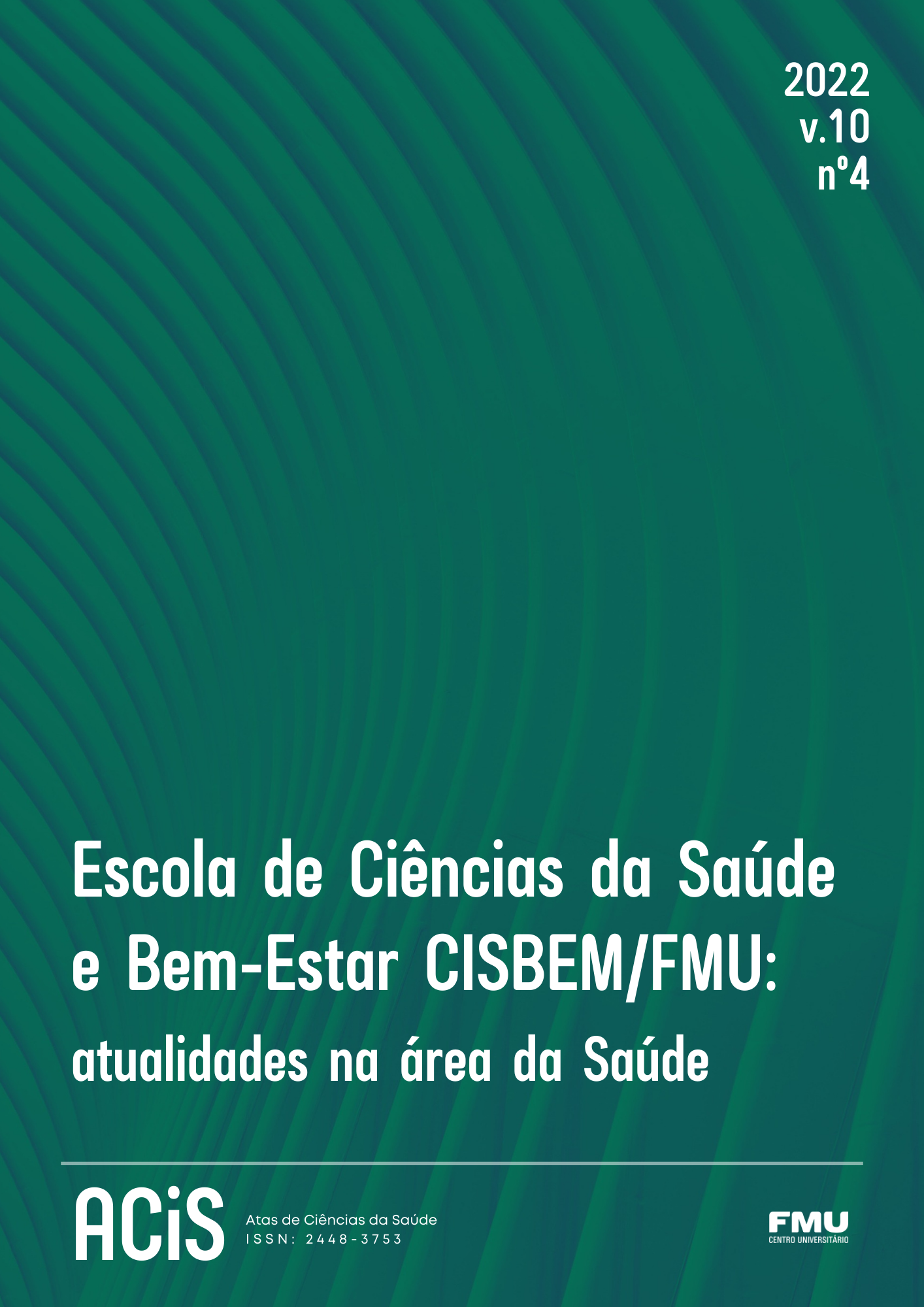Intercurrences of Trichloroacetic Acid and Phenol Acid
Abstract
Many individuals are looking for procedures that help in skin rejuvenation. One of the resources to improve the quality of the skin are chemical peels, using various acids such as glycolic, retinoic, salicylic, trichloroacetic, phenol, among others, which aim to provide cell renewal. The aim of this study is to focus on the two acids that have the most complications, trichloroacetic acid and phenol acid. Phenol has been used as a deep peeling, either alone or in association with other components, they act as penetration and permeation promoters, resulting in an intense cell renewal process, normalizing skin pigmentation, attenuating marks and minimizing wrinkles. Due to its toxicity and contraindications, phenol must be applied carefully according to the recommended technique, and the patient must be monitored to obtain the maximum effectiveness of the peel and minimize the systemic effects. Trichloroacetic acid, on the other hand, is used as a moderate peeling, either alone or in association with other acids, improving the synthesis of collagen fibers, reducing wrinkles and skin renewal.
Downloads
Published
Issue
Section
License
Copyright (c) 2022 Beatriz Matsukawa Goulart, Thais Bruna , Jessica Braga

This work is licensed under a Creative Commons Attribution-NonCommercial 4.0 International License.
Autores que publicam nesta revista concordam com os seguintes termos:
- Autores mantém os direitos autorais e concedem à revista o direito de primeira publicação, com o trabalho simultaneamente licenciado sob a Licença Creative Commons Attribution que permite o compartilhamento do trabalho com reconhecimento da autoria e publicação inicial nesta revista.
- Autores têm autorização para assumir contratos adicionais separadamente, para distribuição não-exclusiva da versão do trabalho publicada nesta revista (ex.: publicar em repositório institucional ou como capítulo de livro), com reconhecimento de autoria e publicação inicial nesta revista.
- Autores têm permissão e são estimulados a publicar e distribuir seu trabalho online (ex.: em repositórios institucionais ou na sua página pessoal) a qualquer ponto antes ou durante o processo editorial, já que isso pode gerar alterações produtivas, bem como aumentar o impacto e a citação do trabalho publicado (Veja O Efeito do Acesso Livre).





